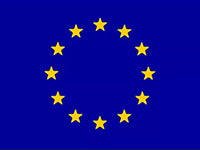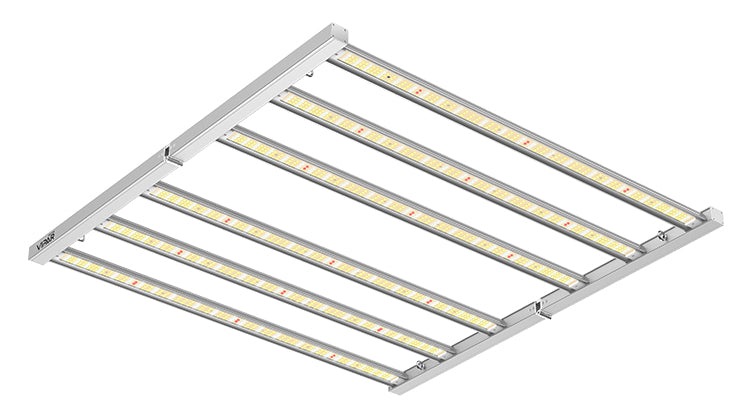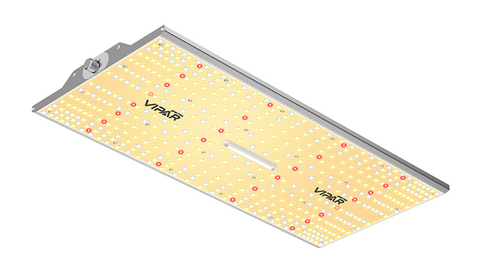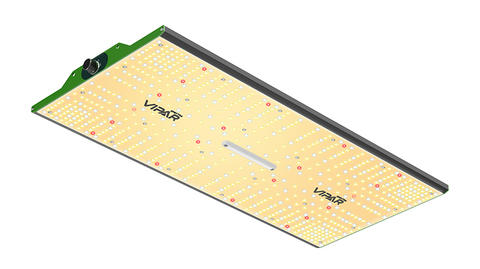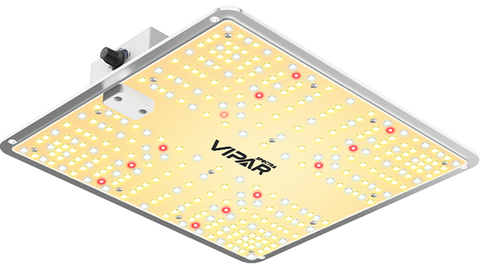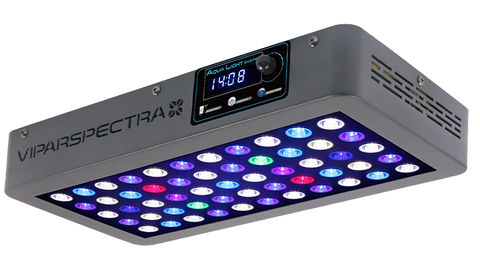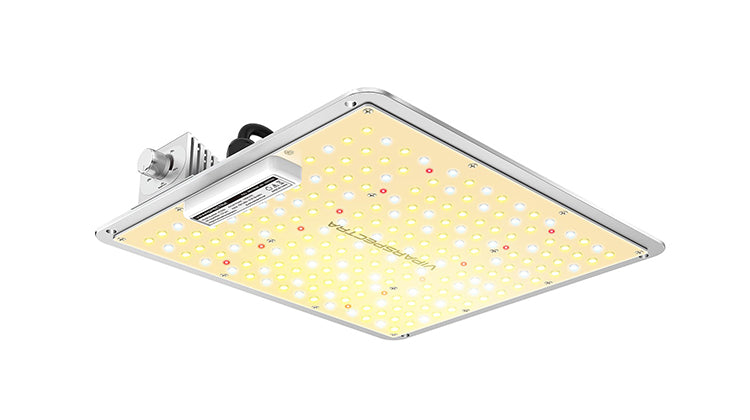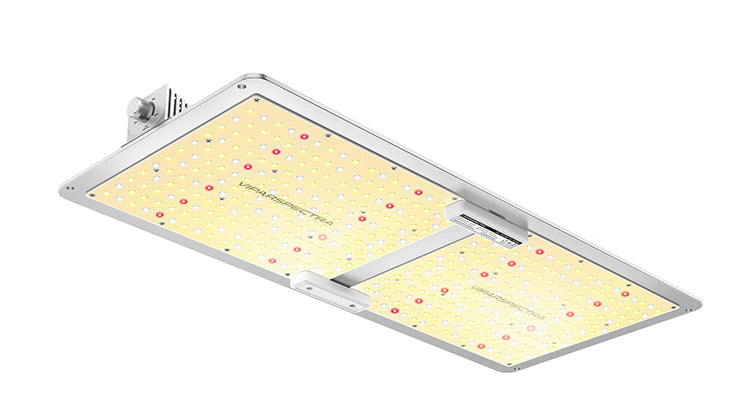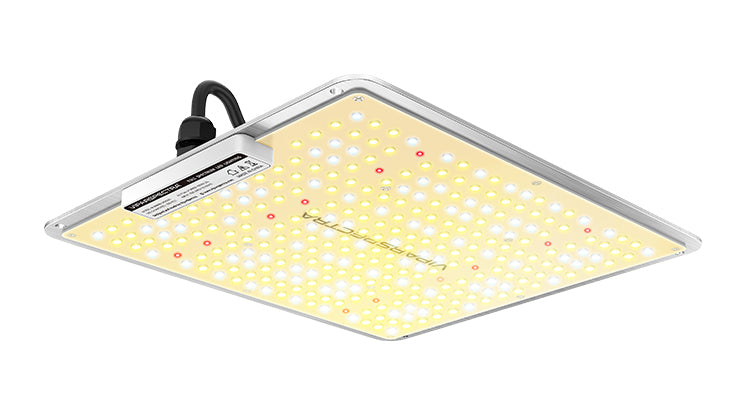If you are new to horticulture or learning about growing LED lights, you might have heard about PPF and PPFD measurement. However, you might be confused about the real meaning of these metrics as well as their differences. Before you make an informed purchasing decision, it matters much to figure out how they influence the light source your plants will get from your costly LED lamps. In this article we go over the basic differences between PPF and PPFD.
Definition of PPF and PPFD
1. Photosynthetic Photon Flux, in short PPF, refers to the number of photons emitted from a particular light source within the wavelength ranging between 400nm and 700nm.PPF is written in µmol/s.
2. Photosynthetic photon flux density, namely PPFD, informs about the photosynthetic density of photon flux. PPFD means photon flux within that particular area and its unit is written in µmol/s/m2.
Both PPF and PPFD deal with the amount of light for a light source or location. They measure the quantity of light photons. The critical difference is that PPFD measures the density of these photons falling on a particular surface, while PPF is a measure of the total number of photons released from a light source.
As the graph below shows, on the left part (PPF), you can see the amount of all photons emitted from a light source in all directions per second. While on the right part (PPFD), you’ll get the number of photons that hit one square meter per second.
Applications of PPFD and PPF
PPF measures the amount of PAR from a single grow light. When you compare the usage of different lamps, PPF is a good measurement. But there is a key factor you should take into consideration, that is PPF can affect eventual PPFD readings depending on the products as per the adjusted beam angles.
PPFD, on the other hand, should always be connected with a distance and location. Most LED grow lights providers will reveal PPFD reading, but you’d better be aware of the following two factors before making a meaningful comparison of PPFD.
- Distance from the light source
- Location and whether this is averaged over a certain area
That is why you usually see pictures on Amazon presenting PPFD plots with a data list at an exact hanging height. Furthermore, PPFD can be the result of multiple lamps lighting a single area.
Measurement methods between PPFD and PPF
It is quite complicated and expensive to determine the PPF value from some light source because of the requirement of advanced measuring equipment like goniosphere and integrating sphere. (see as the following graph). These devices capture the light emitted at all angles and then measures the collective light emitted.
However, measuring PPFD is much easier. A handheld light meter or spectrometer can measure the amount of PAR that falls on a surface. When you check these measurements, a supposed PPFD plot can be found. This graph will be very helpful for you to find the level of effective distribution of light on the plant. But remember that the PPFD measurements can result in errors and therefore, the process should be conducted only by experts having advanced measuring instruments like spectrometers without sensors.



